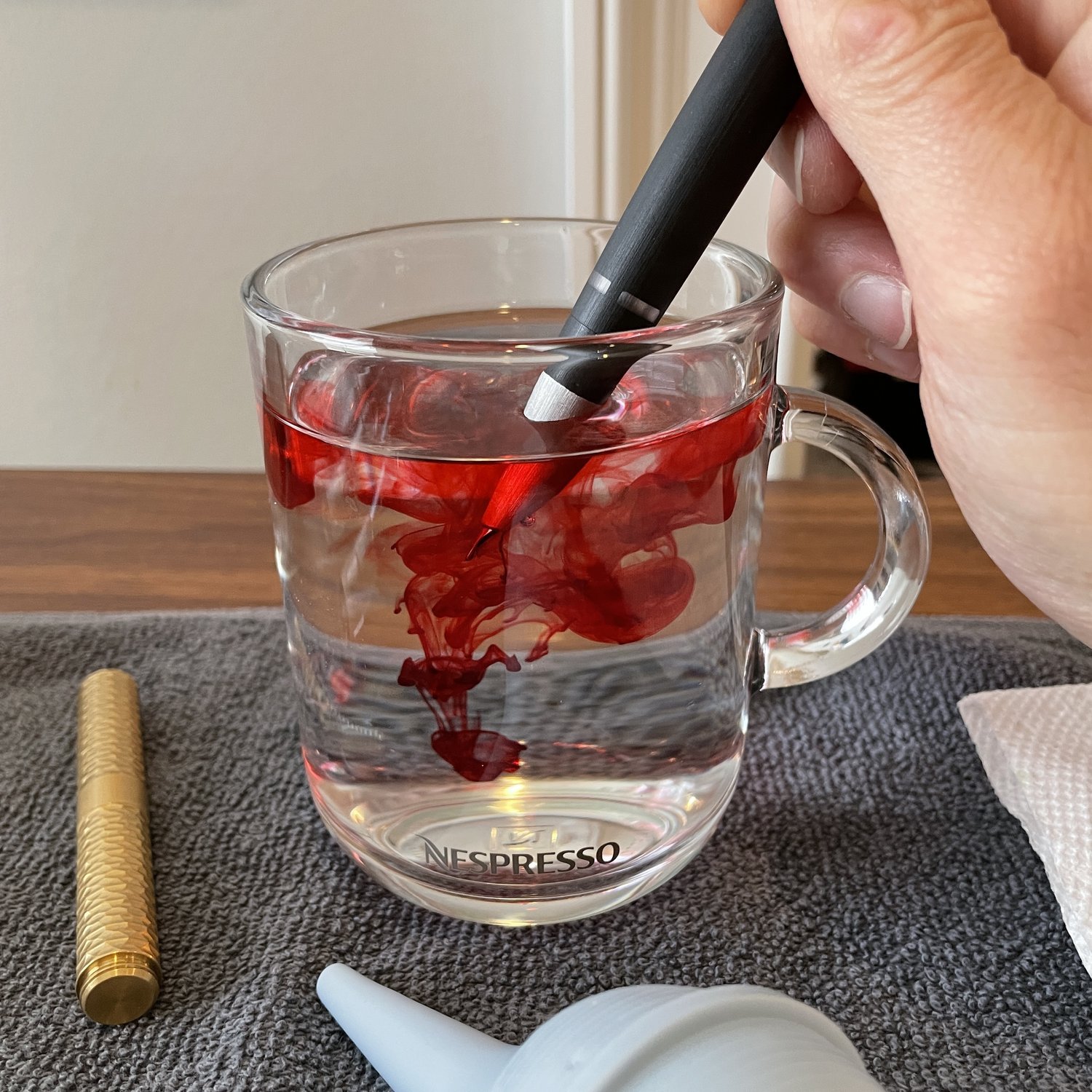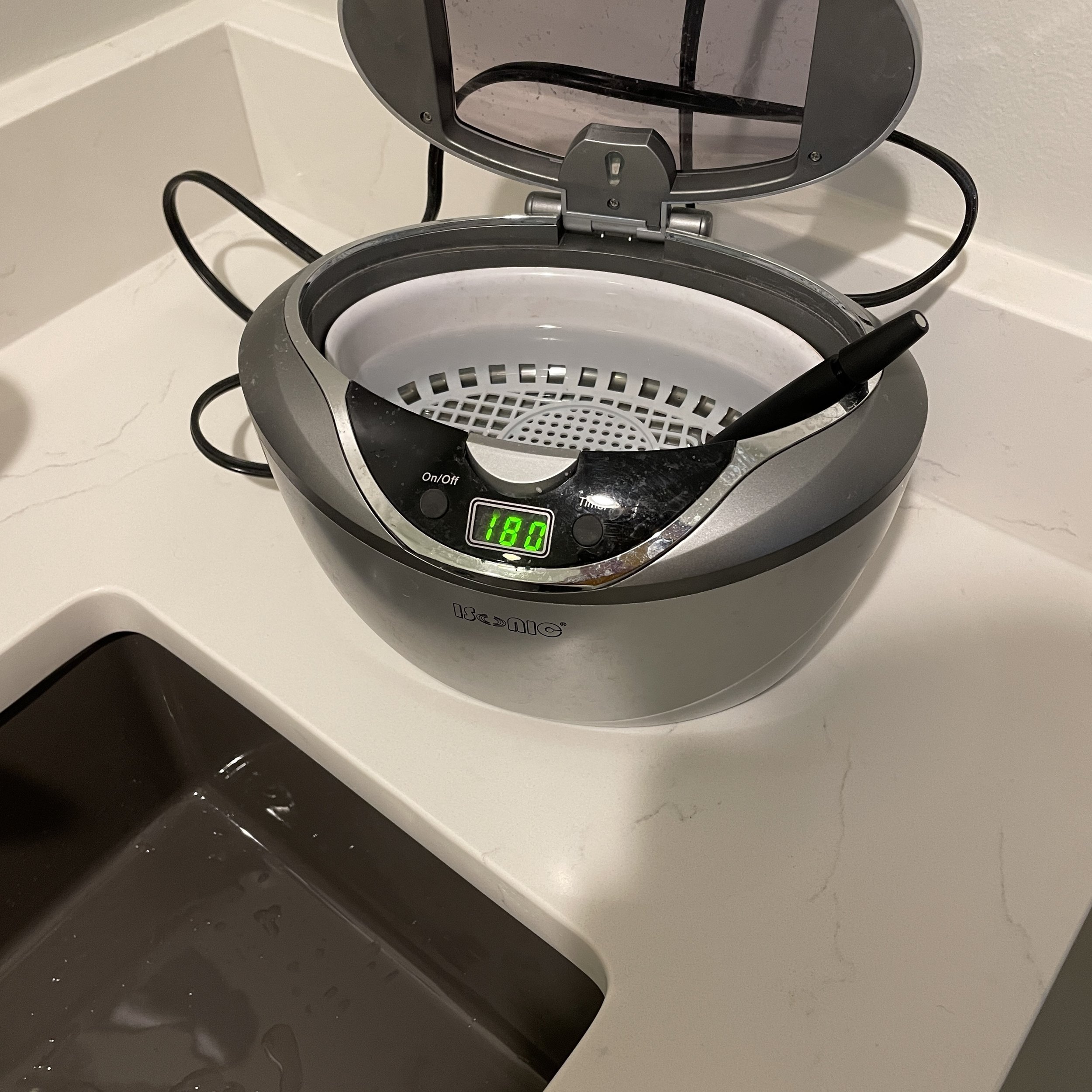Welcome back to another installment of “Ask TGS”! I get a LOT of mail, whether it’s e-mail, snail mail, or social media DMs, and unfortunately there’s no way I can respond to it all. I’m therefore trying to devote at least one post per month to answering the more frequently asked questions, and eventually plan to compile these posts into a FAQ resource. This week’s selection of questions focuses on fountain pens and common performance issues, including skipping/hard-starting and - gasp - the possibility of ink staining the pen.
Question 1: I recently purchased my first fountain pen and inked it up out of the box. The pen tends to skip and hard start. Is this normal for a new Pen?
I get this question in the mailbag a few times each year. While it’s never “normal” for a fountain pen to skip and/or hard start, it’s not uncommon, especially in brand new pens. The usual culprit is residual oil or other miscellaneous residue in the nib left over from the manufacturing process. For this reason, I hardly ever ink a pen right out of the box - typically I’ll use a bulb syringe to flush the pen with a mixture of water and a drop of diluted dish soap, and then flush the pen again with water before inking it up for the first time.
If problems persist, I usually suggest that you write with the pen for a day or two and see whether the issue resolves itself. For whatever reason, some fountain pen nibs need a “break in” period to adjust themselves to your hand, but this should never take longer than a couple of days of writing. If you are still having issues at that point, I would contact the seller or manufacturer and follow their instructions.
A note on terminology: “Skipping” occurs when the ink stops flowing while you are writing. A “hard start” occurs when you can’t get ink to flow after you cap the pen or stop writing for a bit.
Don’t automatically assume that gold nibs are “better” than steel nibs just because they’re more expensive. It all comes down to feel and personal writing preference.
Question 2: What is the difference between a gold nib and a steel nib on a fountain pen? Does the gold nib cost more because it performs better?
The gold nib costs more because it is made of gold and sometimes has a more involved manufacturing/finishing process. While you will often see gold nibs referred to as “higher quality” and an “upgrade,” that’s not necessarily the case in terms of performance. Many fountain pen users - especially those who prefer a firmer nib that writes a drier line - favor steel nibs, and I’ve even used softer steel nibs that I’ve found indistinguishable from gold. Generally speaking, gold nibs tend to write “softer” and “wetter” than steel nibs, and a wet pen nearly always feels “smoother” on the page, leading to the common misconception that gold nibs are always smoother writers than steel. It really comes down to personal preference: If you’ve never used a fountain pen with a gold nib, I strongly encourage new users to either visit a pen show or pen club and test one out in person before making the investment. If you don’t have access to in-person meetups and events, pens like the Pilot Custom 74 and certain models of the Lamy Studio still feature a gold nib option for around the same price point as a more expensive steel nib pens (sub-$200), allowing you to experiment without breaking the bank.
I love my crazy Inkvent inks but probably would not use them in my prized celluloid pens.
Will ___ Ink Stain My Pen? Is it “Safe” to Use?
There’s really no way to make a categorical statement about what inks are “safe” and what inks are capable of staining or ruining a pen, because so many different variables are in play. My response to this question is always the same: If you have a specific pen that you are concerned about staining, then you should only use blue or black ink made by a company that manufactures fountain pens (preferably the company that made your pen). Even this doesn’t guarantee that your pen will remain pristine. It will, however, keep the pen under warranty. Many pen companies reserve the right to refuse to honor warranties for things like staining and discoloration if you use inks manufactured by another company.
That said, the only materials I really worry about staining are celluloids and clear, white or cream colored resins. Outside of these materials, I’ve found that most acrylics and resins used in modern fountain pens typically clean fairly easily. In terms of colors, purple and red inks tend to stain the most, and highly saturated inks (including with heavy sheen) should be used with caution in pens susceptible to staining.
I hope you find this post helpful. If you have questions that you’d like answered, please send an e-mail through the “Contact” link with “Ask TGS” in the subject line. I maintain a list of questions to be answered and will hopefully be able to respond in some form or fashion. You can view earlier installments here and here.
The Gentleman Stationer is supported entirely through The T.G.S. Curated Shop and the TGS Patreon Program. We truly appreciate all of our readers and customers!


